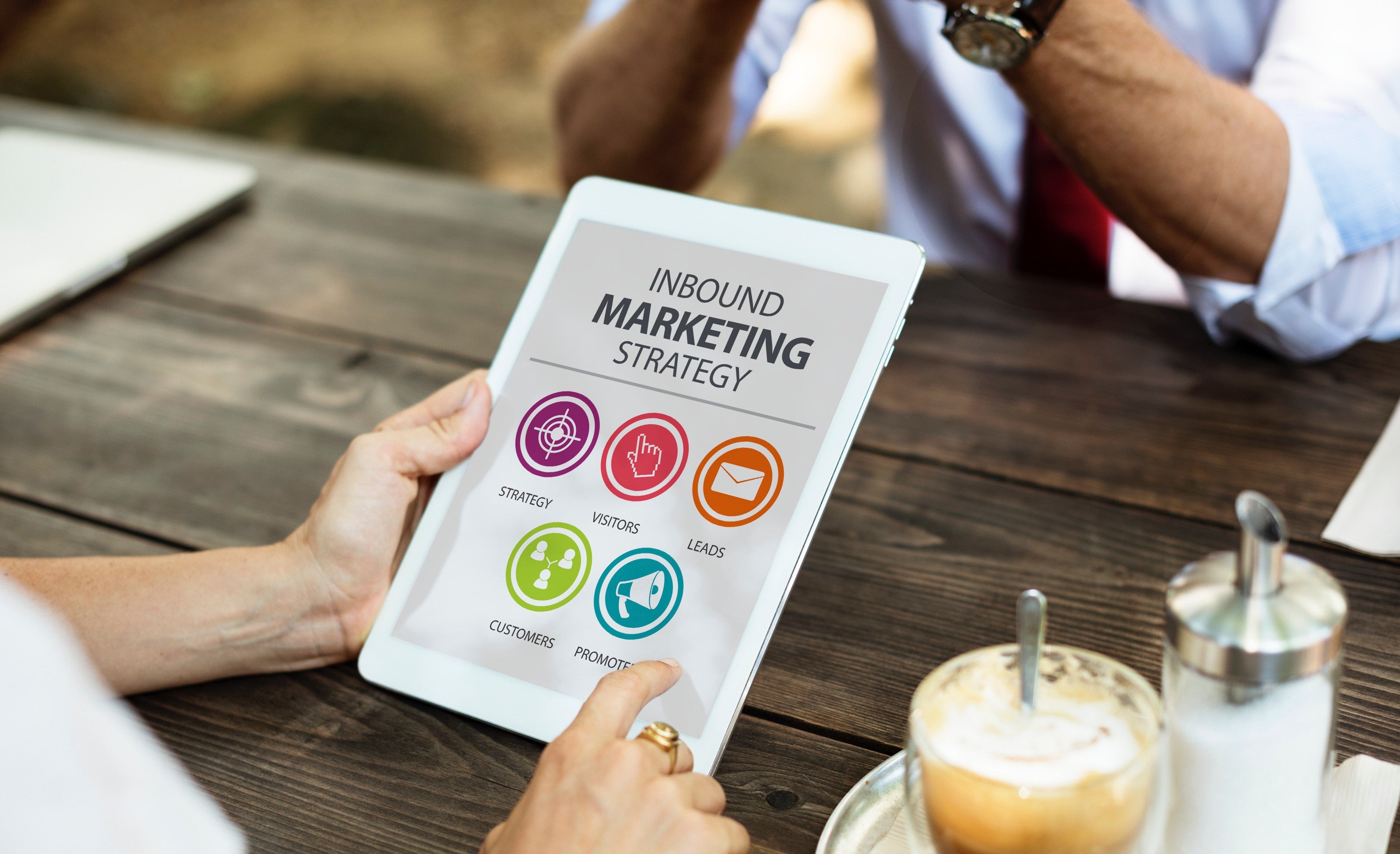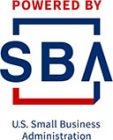Eight Graphic Design Tips for Your Small Business Logo
Business idea? Check. Business plan? Check. Business license? Check. Business…logo? Yes, you’re going to need one of those too, before you launch. While it may feel like a small detail in the big list of tasks to complete as a small business owner, your logo will be an instantly recognizable icon and ambassador of your brand and is worth investing time, energy, and dollars into getting right.
Your logo will be the primary visual representation of your business, and is one of the first things that customers or clients associate with your product or service. While a shoddy, generic logo will leave your clients with the impression that you couldn’t be bothered to attend to details, a high-quality, distinct logo tells your clients that you care about your brand and stand behind your work.
“But I’m not a graphic designer! And I’m already wearing so many hats!”
You don’t have to do this alone! In fact, unless you have specific design experience, logo creation should be something that you outsource. Depending on your budget, there are three general levels of service available to help small businesses develop a distinct, captivating logo. For those on a seriously tight budget, instant online designers such as Logomaker can help you generate a logo for free, but once you like it, you need to purchase the files (cost: $40 and up). While this option can look attractive, the resulting images will use generic art and fonts, are likely to need redesign as your company grows, and often won’t scale or reproduce well in a variety of situations. For a budget solution that includes personally-designed logos (as opposed to computer generated), sites like 99designs.com allow you to pitch your project, and select/refine logos submitted by designers competing to win your business (cost: $300-1300 depending on the skill level of designers who will bid for your business). Or you can work directly with a graphic designer of your choice for the most personal service (cost: from $500 to thousands).
Regardless of the path you choose for logo creation, consider these graphic design tips for good logos as you evaluate possible options and choose a winner to represent your brand.
1. Representative
A good logo should represent your business’s personality. Is your brand straightforward? Whimsical? Sophisticated? The immediate perception clients and customers get when seeing your logo should match how they feel about your business. Start by making a list of concepts, ideas, feelings, and associations central to your brand and check all potential logos against that list before making a final decision.
2. Readable
Because it will be reproduced at very small sizes, make sure that any text is easily readable. And avoid more text than absolutely necessary. Your logo doesn’t necessarily need to contain a business slogan or tagline — or even your business name! Nike, Target, McDonalds, and Apple are great examples of logos that are instantly recognizable without saying a word.
3. Unique
Your logo should stand out from the crowd. Not only do you want it to be memorable, but you want to make sure that potential customers aren’t subtly reminded of a different business when they see your logo.
4. Simple
A logo isn’t the place to cram in five ideas. While a good logo can blend, say, two concepts into one to highlight the unique intersection where your value proposition lies, too many ideas, images, colors, or objects will be overwhelming and cause viewers to skip right over filing a mental image of your logo and business entirely. Look for clean lines, pleasing color schemes, minimal/readable text, and no extraneous pieces. Every element of the logo should have a purpose.
5.Versatile
Beware the logo that looks great at the top of your web page, but kind of tacky anywhere else. Before you make a final decision, list all of the places your logo will be used (now or in the foreseeable future): website, social media profile photos, printed materials, building signage, business cards, letterhead, etc. Make sure that your designer creates a version of your logo for different formats (e.g. square, horizontal). A good designer will also create your logo in grayscale (black and white) and give it to you in different formats (e.g. a png file for online, a pdf for print, an .ai or another vector format so you can scale your logo as big or as small as you need).
6. Consider Typeface (Font)
Don’t sink your logo by pursuing a great graphic image, but a poor font choice. Poor fonts are ones that are overused, generic, or whose “personality” doesn’t match the rest of the logo. Also, stick with one font throughout the logo for consistency and impact. The cost of purchasing access to a unique typeface may be part of the cost of your logo.
7. Consider Color – Psychology
Color psychology is the study of hues (variations of color) as they impact and connect with feelings and behaviors. As a broad example within a Western cultural milieu, we often associate blue with calm, sadness, or peace; red brings to mind energy, boldness, or aggression. And this color psychology plays an important role in logo design. It’s important to go beyond a simple sense of finding colors that you enjoy, to thinking about how the colors in your logo may affect viewers on this subtle, gut level. And no matter how perfect your color palette, there will be times your logo is recreated in grayscale (black & white). Be sure to test your logo in grayscale to ensure it is still readable, pleasing, and dynamic when color is not able to carry it.
8. Test the Finalists
Like many other aspects of your business, get feedback once you’ve narrowed down your top logo contenders. Be open to outside ideas and input, both from people who know about your brand, and folks who have no background on your brand and are forming an opinion based solely off a first look at the logo. While you ultimately have the final say (even if it means disagreeing with your designer), the feedback you get may help you see your logo in a new light, or find a potential flaw in a logo you were too emotionally invested in to see clearly.
Have fun choosing a logo that will serve and suit your small business well for years to come!




